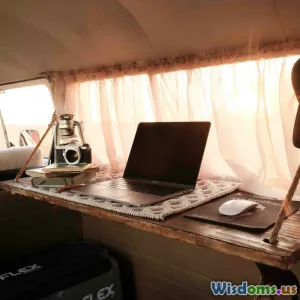
Is Digital Nomad Life Actually Sustainable Long Term
16 min read Explores if the digital nomad lifestyle is viable for years, covering financial, personal, and logistical factors. (0 Reviews)
Is Digital Nomad Life Actually Sustainable Long Term?
Remote work, adventure, and global exploration—these promises have drawn countless professionals into the digital nomad lifestyle. The vision of attending video calls from a Balinese café or closing project deals at a mountain co-working hub is undeniable. For some, it's a dream fulfilled; for others, it comes with hidden challenges. But as the lifestyle matures, critical questions emerge: Is it truly sustainable long-term? What do digital nomads encounter in practice, and can remote working from anywhere be a lifelong path rather than a brief chapter?
Let's dive into the realities of digital nomadism—its opportunities, obstacles, and how ordinary remote workers become the pioneers of a revolutionary but testing global work culture.
The Building Blocks of the Nomadic Lifestyle
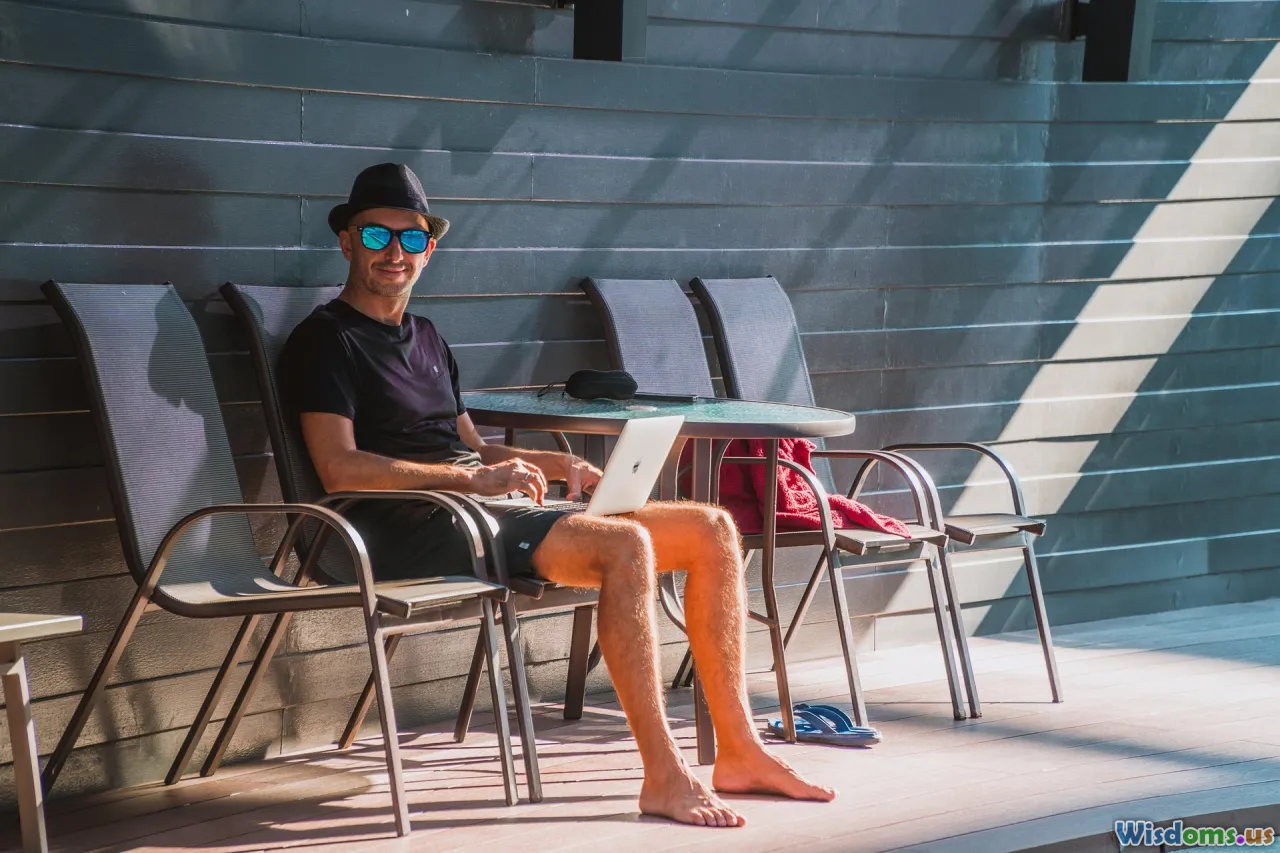
At its core, the digital nomad ethos encompasses location-independence, remote work, and wanderlust. But for this model to last beyond a few gap years, certain foundational elements must be robust and repeatable.
Reliable Remote Income: The modern digital nomad draws income from online freelancing, remote employment, or running an online business. This often means working as a creative, programmer, consultant, teacher, or marketer from anywhere in the world. Research published in 2023 by MBO Partners found that nearly 17.3 million Americans now identify as digital nomads, up 131% from 2019—a testament to the appeal and growing accessibility of such work.
Portable Infrastructure: Nomads must carry their digital office—laptop, smartphone, chargers, and secure internet access. Local SIM cards, global hotspot devices, and coworking spaces (such as WeWork or coworking cafes in hubs like Chiang Mai) are staple resources. For truly long-term life, workflows and cyber hygiene must be meticulously portable and secure.
Visa and Legal Logistics: Sustainable nomadism hinges on adherence to visa policies and local laws. Recent years have seen countries like Portugal, Estonia, and Costa Rica unveil digital nomad visas enabling longer stays, insurance, and occasionally, taxation clarity. The proliferation of such visas makes multi-year nomadism more accessible.
Example: Portugal's "Digital Nomad Visa" allows remote workers to reside for up to one year, renewable. In 2023 alone, thousands applied, turning Lisbon into a digital nomad epicenter.
With these building blocks, the model is feasible—but does it translate to a sustainable, fulfilling lifestyle?
Navigating Practical Challenges of Long-Term Nomadism
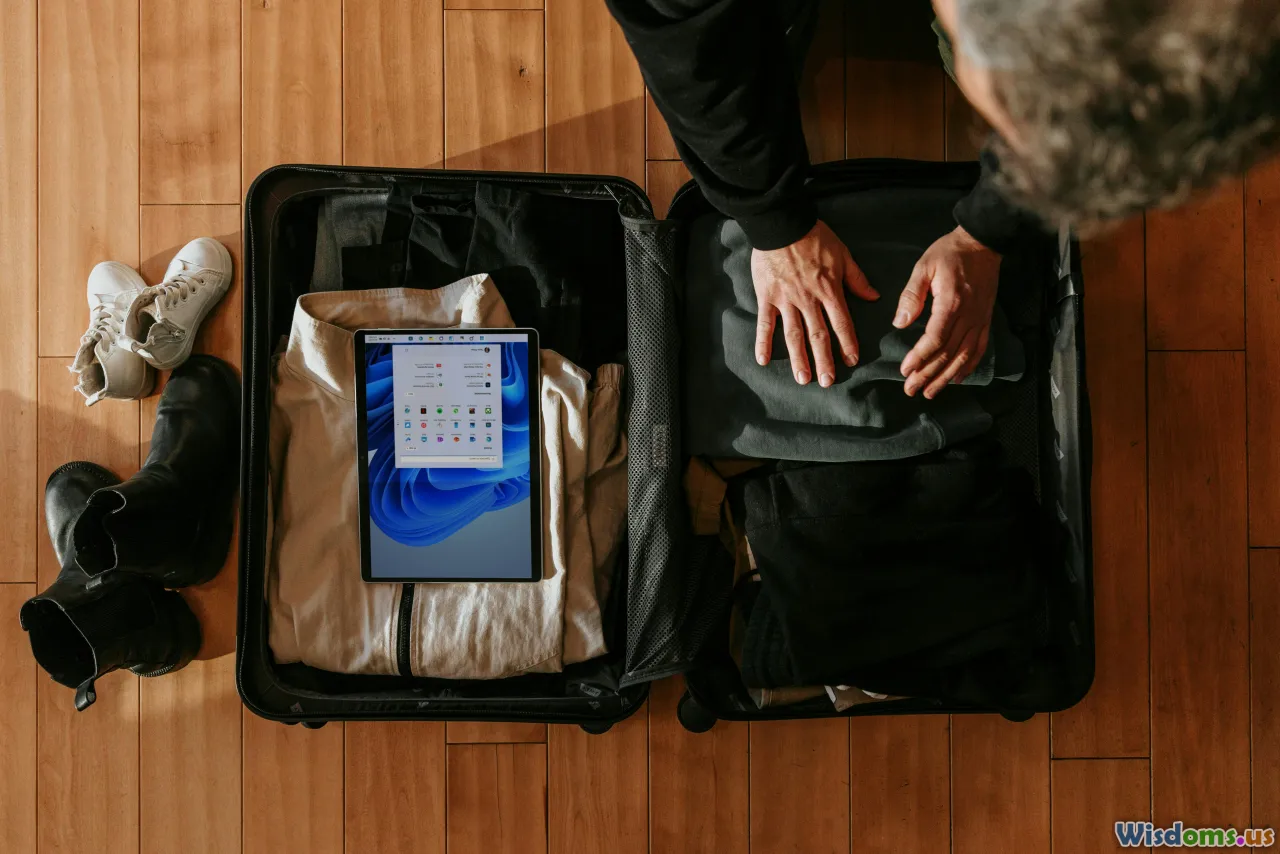
While Instagram shows sunsets and laptops poolside, veteran nomads highlight the daily logistics and challenges that can determine sustainability:
Housing and Stability
Finding comfortable, affordable, and safe accommodations on a rolling basis can become tiring. The constant cycle of booking Airbnbs, co-living, or month-to-month leases can wear down even the most intrepid traveler. Many experience "decision fatigue"—spending excessive time managing logistics instead of focusing on work or leisure.
How to Manage:
- Establish "base cities"—spend multiple months of the year in familiar and infrastructure-friendly locations, breaking up periods of travel. Examples include Mexico City, Bali, and Lisbon.
- Leverage mid-term housing platforms like NomadX or longer-term Airbnb rentals.
Healthcare and Insurance
Staying healthy on the road is more complex than during short-term travel. Nomads face regular questions about medical coverage, accessing care in unfamiliar places, and managing pre-existing conditions.
Strategies:
- Invest in internationally recognized health insurance (e.g., SafetyWing or IMG Global).
- Research local healthcare facilities before arriving.
- Schedule routine check-ups in "home base" countries.
Bureaucracy, Visas, and Taxes
Varying visa lengths, immigration requirements, and the tangled web of global taxation laws can make long-term flexibility difficult. Missteps can result in denied entry, hefty fines, or unintentional double taxation.
Insider Tip: For U.S. citizens, the Foreign Earned Income Exclusion (FEIE) offers a significant tax benefit—but requires careful compliance. Averaging 330 days outside the U.S. per year qualifies many nomads, but slipping up on the days can cause loss of benefits.
Burnout and Productivity Ruts
Surprisingly, the endless flexibility of digital nomadism can foster burnout faster than office jobs if routines aren't maintained. Loneliness, poor work-life boundaries, and disruptions to sleep, exercise, and diet can compound over time.
How Nomads Cope:
- Create daily rituals, such as a "commute" walk, morning workouts, or scheduled coworking.
- Join online and local coworking communities for structure and socialization (Nomad List, Remote Year alumni meetups).
The Impact of Digital Nomadism on Relationships and Community

A major criticism of the digital nomad lifestyle is the reported lack of deep social ties. When constantly moving, forming authentic relationships can be difficult, amplifying isolation and transient connections.
Evidence:
Stanford psychologist Dr. Jamil Zaki warns, "We are hardwired to desire community. Nomadism can challenge that by disrupting how we build lasting bonds."
Yet, digital nomads have innovated ways to facilitate meaningful connections:
- Co-living Spaces: (e.g., Selina, Outsite, Roam) These combine housing with social programming, fostering bonds among residents who stay weeks or months at a time.
- Professional Communities: Location-independent professionals find kinship through networks like Digital Nomad Girls, Nomad List, or event series such as Remote Work Summit.
- Technology: Group video calls, regular "work sprints" with friends on Zoom, or digital mastermind groups have kept the nomadic workforce connected despite borders.
Example:
Lisa, a freelance designer, recounts her experience: “I live out of a suitcase, but host a Wednesday dinner with the same core group in Porto every month. Remote work became less lonely once I prioritized ritualized community—even small, quirky ones.”
How to Make Nomad Life Sustainable: Habits, Systems, and Choices

Having discussed the hurdles, let’s switch gears: what distinguishes short-lived nomadists from those who maintain a fulfilling lifestyle for years? The difference isn’t money or brackets on a map—it’s systems.
1. Anchoring Routines Amid Constant Change
Most sustainable nomads develop strong routines, no matter where they land. Morning habits (meditation, exercise, journaling), designated workspaces, and scheduled focus blocks help recreate an anchor.
2. Managing Finances and Buffering Risks
This isn’t backpacking on a shoestring. Commitment to savings (3–6 months of "runway"), robust health and travel insurance, and passive or diversified income (subscriptions, digital products) means temporary disruptions—from illness to job changes—aren’t disastrous.
Example:
Andre, an e-commerce entrepreneur, splits time between Colombia and Europe. In 2022, he formalized his business in Estonia using their e-Residency program, reducing paperwork, managing taxes transparently, and enabling remote banking. This systematic approach lessened compliance headaches.
3. Setting Realistic Boundaries
Knowing when to travel—and when to stop—is vital. Many full-time travelers now adopt a slowmad model, spending months or even years in a city. This approach combats burnout and lets relationships and routines flourish.
4. Accepting Trade-Offs
Total freedom comes with trade-offs. Destabilized family ties, the need for constant re-orientation, and being "home" only part of the year are the norm. Those in it for the long term acknowledge and consciously choose these sacrifices, often prioritizing return visits or close communication with loved ones. Some integrate their partners or families, even "worldschooling" children on the road.
5. Leveraging Tools and Tech
A robust tech stack enables consistency:
- VPNs (for security and accessing global clientele)
- Remote collaboration tools (Slack, Asana, Trello)
- International financial apps (Wise, Revolut)
- Time zone management and appointment-setting apps
Pro Tip: Use world clocks (Google Calendar, Timezone.io) to coordinate meetings across continents—essential for avoiding lost clients or missed meetings.
The Financial Mathematics of Long-Term Nomadism

For some, living as a digital nomad enables saving money—especially when choosing countries with lower living costs and robust infrastructure. For others, especially those hopping between pricey metropolises or luxury accommodations, expenses quickly add up.
Monthly Cost Ranges (2024, averages):
- Chiang Mai: ~$1,300 (frugal) – $2,500 (comfortable)
- Bali: ~$1,900 – $3,200
- Lisbon: ~$2,400 – $4,000
- Playa Del Carmen: ~$1,800 – $3,000
- London: ~$3,500 – $5,500
Key factors:
- Accommodation (30–50% of budget), local vs. ex-pat pricing
- Flights: Interspersed travel spikes monthly averages, so "slowmadism" saves
- International banking fees, currency fluctuations
- Health insurance/medical care
- Taxes: Potential double-tax if mismanaged
Long-term sustainability favors:
- Slower travel (reduces accommodation and transit costs)
- Embracing local lifestyles, not ex-pat bubbles
- Renting properties for months, not days (monthly pricing)
- Participating in local markets and coworking space loyalty discounts
Actionable Tip:
Keep a detailed digital expense tracker (e.g., Notion, Sheet, or an app like Trail Wallet). Analyze quarterly; reassess destinations or habits if costs rise unsustainably.
Emerging Trends: Digital Nomad Visas, Remote Hubs, and the Next Generation
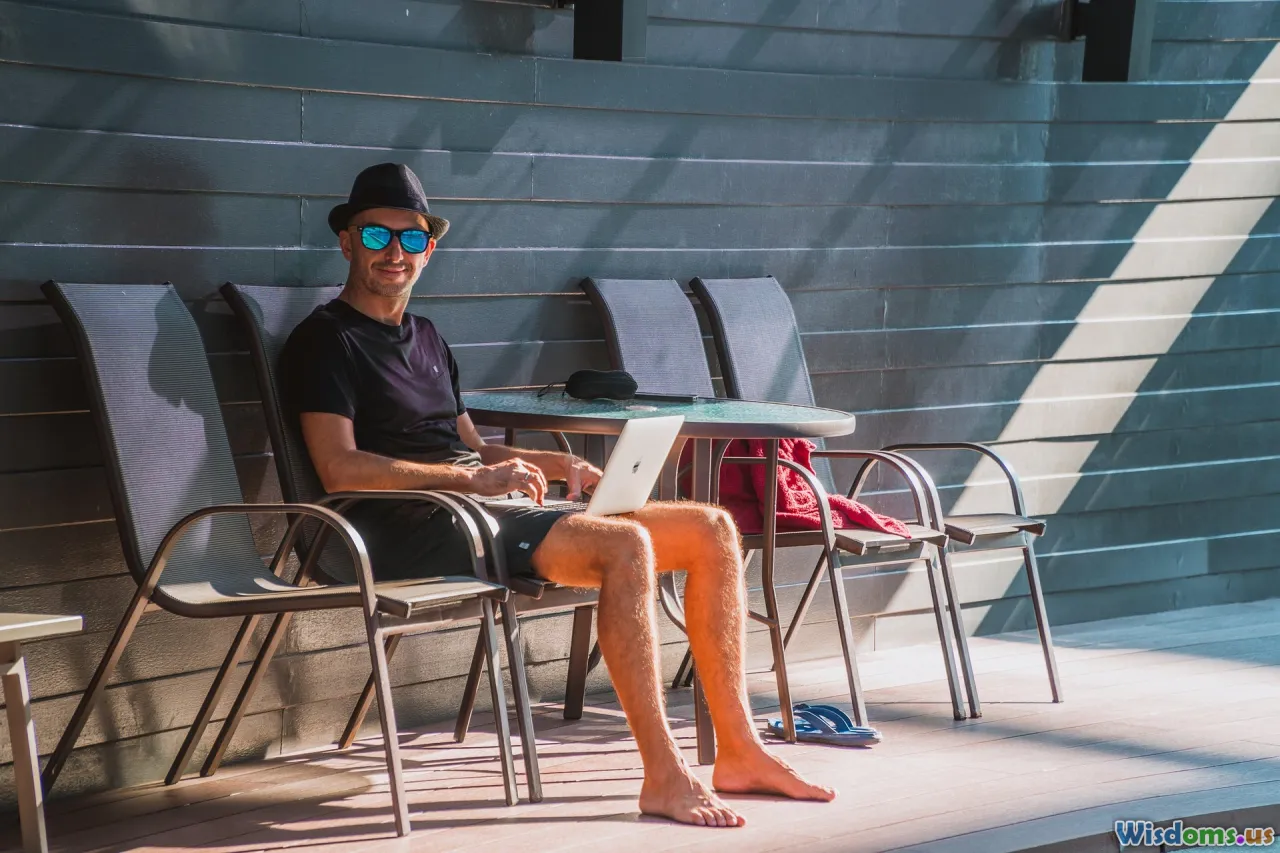
The post-pandemic world now recognizes remote work as a staple, not just a privilege. In 2024, over 50 nations offer special digital nomad visas, with much friendlier terms than standard tourist stamps. These range from Croatia’s one-year, tax-sheltered permit to Japan’s recent six-month pilot targeting high-earners.
Remote work hubs have also transformed cities worldwide, making them havens for long-term nomads. Lisbon, Canggu, and Mexico City are just a few examples of local economies adapting, with government support, expanded coworking spaces, and vast ex-pat communities. The trend toward cities actively recruiting nomads—offering tax breaks, welcome info packs, or tailored business licenses—signals mainstream acceptance.
Case Study:
When Barbados premiered its "12-Month Welcome Stamp" program in 2020, it drew thousands of professionals. Many intended to stay just a few months; nearly half decided to reapply or extend—as healthcare, climate, and community supported a lifestyle switch. These pilots prove countries benefit economically and culturally from nomad influxes.
The next generation of digital nomadism appears more diverse and ages upwards—families with kids, mid-career changers, and not just urban, child-free individuals. With increasing viability, digital nomadism is increasingly seen as a mainstream mode of working life, not only a millennial sabbatical.
Is It Sustainable? Key Lessons for Prospective Nomads
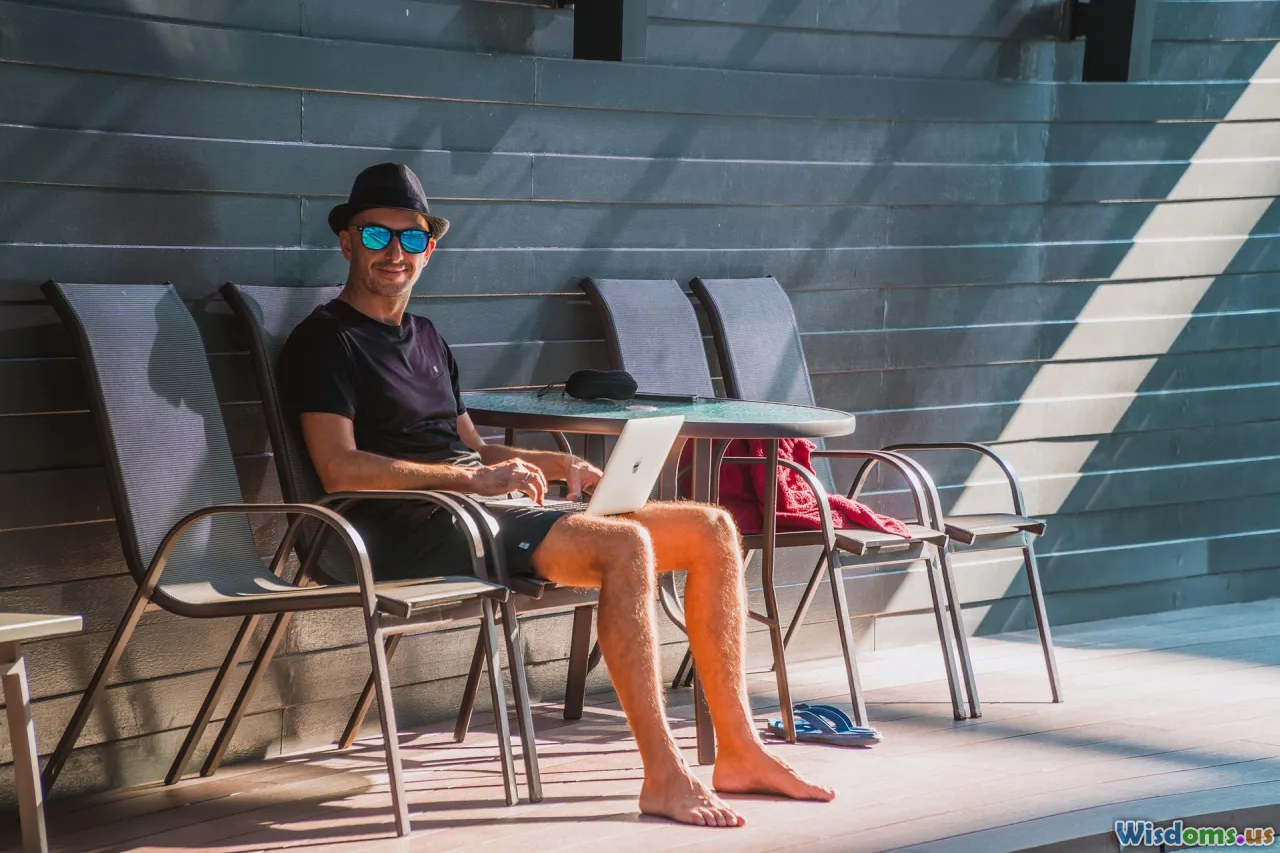
There’s no single answer—but there are clear rules of thumb. The superficial glamour often masks the necessity for strong planning, community-building, a robust safety net, and the resilience to roll with immigration policies and logistical glitches.
Summary of Guidance:
- Be deliberate: Plan for challenges endemic to your work, your health, and your social well-being.
- Favor slow travel and periodic nesting (“base cities”) to offset burnout and maximize wellness.
- Be proactive about finances—taxes, legal structures, and insurance need rigor.
- Prioritize relationships and community as core pillars, not luxuries.
For countless professionals today, long-term digital nomadism has evolved from an escape fantasy into a sophisticated way of life. What began as “laptop on the beach” is now an exercise in global adaptability, combining adventure with methodical planning. With tools, communities, supportive policies, and a mindset for living, not just traveling, digital nomads are proving that a borderless career can be sustainable—if approached with intention and balance.
The dream is no longer just chasing Wi-Fi and wanderlust; it’s forging a meaningful, manageable life where the world is both your workspace and your home.
Rate the Post
User Reviews
Popular Posts

















